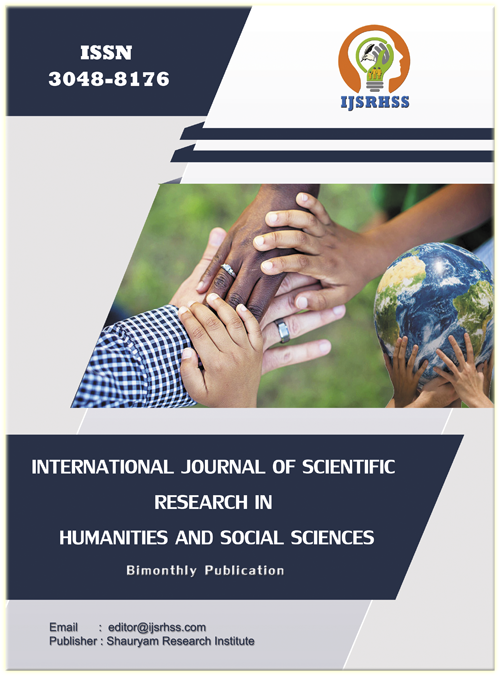Resistivity Imaging of Geothermal Resources Using 1D and 3D MT Inversion A Case Study of Suswa Volcano In Kenya
Keywords:
Educational Funding, Public Schools, Comparative Education, Educational Outcomes, Equity and Quality, Emerging and Developed EconomiesAbstract
This review paper investigates the effects of funding on educational outcomes through a comparative study of public schools in Nigeria, Canada, and Indonesia, reflecting both emerging and developed economies. The study examines the disparities in funding allocation, governance structures, and their corresponding impact on student performance, teacher quality, and educational equity. By leveraging theoretical frameworks such as Human Capital Theory and comparative education models, the paper explores global trends in educational financing and their local applications within the case study countries. Findings reveal significant variability in funding efficiency, highlighting the influence of economic contexts, policy frameworks, and sociocultural dynamics. Canada demonstrates the benefits of sustained investments and robust educational infrastructure, while Indonesia and Nigeria grapple with resource constraints and systemic inefficiencies. The paper identifies critical gaps in existing research, particularly in cross-national and longitudinal analyses, and emphasizes the importance of context-specific strategies for equitable resource distribution. This review contributes to the broader discourse on educational policy and reform by offering insights into the interplay between funding and outcomes. It provides recommendations for designing adaptive funding mechanisms that promote both equity and quality across diverse economic landscapes. These findings are intended to inform policymakers, educators, and stakeholders aiming to optimize educational investments and achieve global educational development goals.
Downloads
References
Arnason, K., 2008. The magneto-telluric static shift problem. ÍSOR – Iceland GeoSurvey, Reykjavík, report, ISOR-08088, 17 pp.
Cantini, P., 1990. Gravity study of the structure of Suswa volcano and basement in the Kenya rift. Geothermics, Vol. 19, No. 4, pp. 367-384, 1990.
Christensen, A., Auken, E., and Sørensen, K., 2006. The transient electromagnetic method. Groundwater Geophysics, 71, 179-225.
Jiracek, G.R., Haak, V., and Olse, K.H., 1995. Practical Magnetotellurics in a continental rift environment, in Continental rifts: Evolution, Structure and Tectonics, edited by K.H. Olsen, elsevire, New York, 103-129.
Geotermica Italiana, 1989. Supplement of surface investigations within the calderas of Longonot and Suswa Volcanoes. Unpublished Report to the UNDP. Vol. 1.
Hersir, G.P., and Björnsson, A., 1991. Geophysical exploration for geothermal resources. Principles and applications. UNU-GTP, Iceland, report 15, 94 pp.
Simiyu, S.M., Keller, R.G., 1997 . Seismic and gravity inter-pretation of the shallow crustal structure in the Southern Kenya Rift Valley., Geophys J. Int
Sternberg, B.K., Washburne, J.C., and Pellerin, L., 1988. Correction for the static shift in magnetotellurics using transient electromagnetic soundings. Geophysics, 53, 1459-1468.
Vozoff, K., 1991. The Magnetotelluric Method, in Electromagnetic method in applied geophysics, 2B, edited by M.N. Nabighian, soc Explor. Geophys, Tulsa Okla, 641-711.
Zhdanov, M.S., and Keller, G.V., 1998. The Geoelectrical Method in Geophysical Exploration, Elsevier Amsterdam, pp.873
Downloads
Published
Issue
Section
License
Copyright (c) 2024 International Journal of Scientific Research in Humanities and Social Sciences

This work is licensed under a Creative Commons Attribution 4.0 International License.




